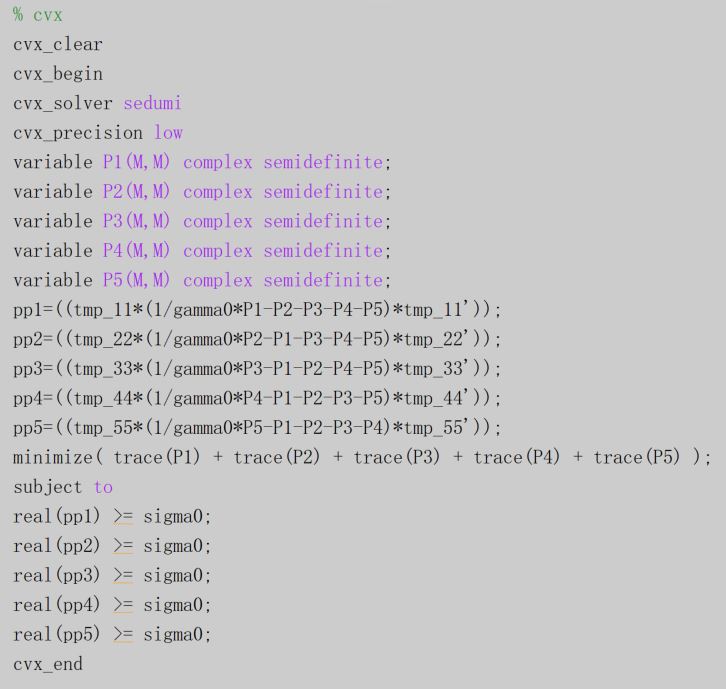11124
September 28, 2020, 2:05am
1
Why does the optimized solution fail to satisfy the original constraints? Could you give me any hint about this problem?
Calling SeDuMi 1.3.4: 25 variables, 5 equality constraints
SeDuMi 1.3.4 by AdvOL, 2005-2008 and Jos F. Sturm, 1998-2003.y gap delta rate t/tP t/tD* feas cg cg prec
iter seconds digits cx b y
Detailed timing (sec)
Status: Solved
K>> pp1
pp1 =
-4.3325e-20 + 9.7837e-43i
K>> sigma0
sigma0 =
3.9811e-14
1 Like
That is within solver feasibility tolerance, so is not considered to be a constraint violation. if you want to ensure pp1 is nonnegative, try using sigam0 = 1e-6 .
11124
September 28, 2020, 6:20am
3
When setting sigma0=1e-6, the problem solving became infeasible, no matter what cvx_precision is set.
Calling SeDuMi 1.3.4: 25 variables, 5 equality constraints
SeDuMi 1.3.4 by AdvOL, 2005-2008 and Jos F. Sturm, 1998-2003.y gap delta rate t/tP t/tD* feas cg cg prec
Detailed timing (sec)
Status: Infeasible
Please show a reproducilble problem, complete with all input data.
It may be that the only feasible solution is P1 = P2 = P2 = P3 = P5 = P5 = matrix of all zeros.
You could try sigma0 = 1e-8 and you can also try another solver, such as SeDuMi, or Mosek if you have it,
